So I'm new to Xcode, working on an iOS project and I'm having a heck of a time with the most fundamental debugging. Specifically I need to be able to view the state of objects as I step through the code (that's not crazy is it?), but I can't for the life of me figure out how to do this in Xcode.
Whenever I try, it seems the furthest I get is a memory address that can't be expanded to show its objective contents. Nor can I figure out any way to even manually dereference the pointer in the debug console to view the state of that object.
Here I am trying to view the contents of the store.storeHours array, with no luck whatsoever. In fact the view on the left tells me there are 0 objects in the array, and won't show anything when I try to expand it, but when I po store.storeHours the console shows 7 objects, albeit uselessly portrayed as memory addresses.

Please tell me I'm not crazy and I'm just missing something!
Update: So things get even weirder! When I switch the variable display to "Local" instead of "Auto" suddenly, self.store.storeHours becomes fully navigable! I'm wondering if perhaps there was a glitch accessing the correct "storeHours" instance or something because it's clearly identifying 7 objects in the array when I view it now! Not to mention the objects are expandable as I was originally hoping.
